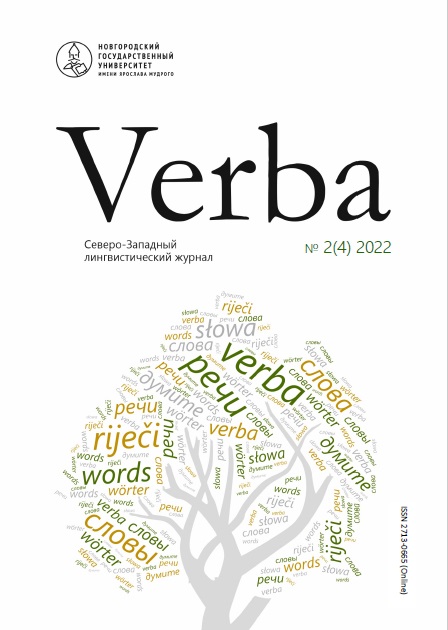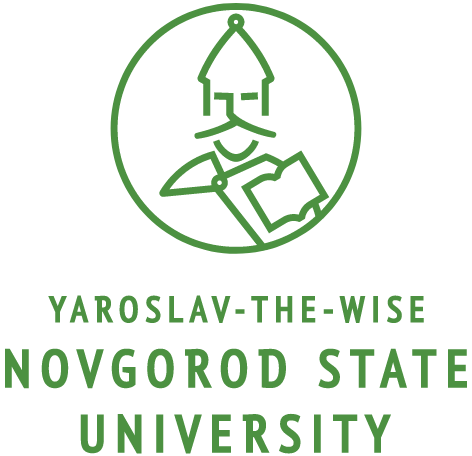Communicative tactics of dialogization and provocativeness in the column and blog genres
DOI:
https://doi.org/10.34680/VERBA-2022-2(4)-7-18Keywords:
dialogueness, genre, column, blog, communicative tacticsAbstract
The article presents the results of a study of speech strategies of dialogization and provocativeness of media monologue messages aimed at intensifying the acceptance of new information into the recipient's view of the world by stimulating dialogue with the audience. An analysis of this phenomenon on our empirical material has made it possible to identify speech tactics within the media genre “column” and the network genre “blog.” The analysis of media content suggests that the most effective factor stimulating the response of the addressee is the provocativeness found in the topic under discussion, judgemental statements and controversial points of view. Two directions of dialogization are presented, as follows: on the one hand, it is an increase in dialogueness and interactivity with the help of rhetorical means and techniques that appeal to the addressee and, secondly, the expression of the interaction of two or more semantic positions, as well as a form of representation of media facts, involving the reaction of the audience. The selected communicative tactics and stylistic means in the studied genres allow to build an equal speech interaction due to a shared problem and emotional contact. In a column, this is also facilitated by a benevolent tone, through which harmonious interpersonal communication is imitated and, on its basis, the addressee is “infected” with ideas of the addresser. This helps the author to cope with the task of establishing contact and maintaining a dialogue with the audience. The presented series of tactics allows us to conclude that the blog text has a higher degree of dialogueness compared to the column text, using small variety of tactics, which indicates the blog author’s less effort to improve the quality of the text or refers to the features of the author's style.
Downloads
Downloads
Published
How to Cite
Issue
Section
License
Copyright (c) 2022 Verba

This work is licensed under a Creative Commons Attribution-NonCommercial 4.0 International License.








